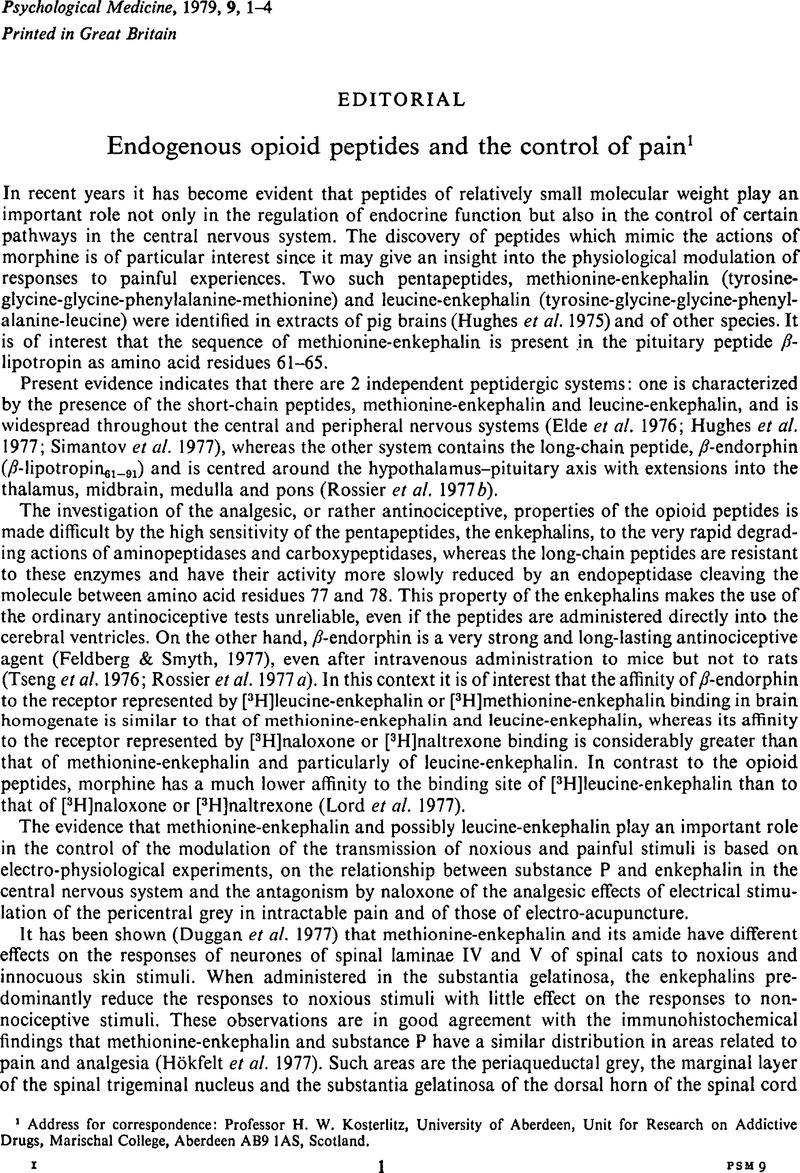Crossref Citations
This article has been cited by the following publications. This list is generated based on data provided by Crossref.
Peele, Stanton
1979.
Redefining Addiction II. The Meaning of Addiction in Our Lives.
Journal of Psychedelic Drugs,
Vol. 11,
Issue. 4,
p.
289.
Amir, Shimon
Brown, Zavie W.
and
Amit, Zalman
1980.
The role of endorphins in stress: Evidence and speculations.
Neuroscience & Biobehavioral Reviews,
Vol. 4,
Issue. 1,
p.
77.
MACFIE, CRAIGIE
1980.
PSYCHIATRY.
Medical Journal of Australia,
Vol. 1,
Issue. 9,
p.
405.
Zieglgänsberger, W.
1981.
Schmerzforschung Schmerzmessung Brustschmerz.
p.
47.
Ananth, Jambur
Nair, Vasvan
and
Rastogi, Ram
1982.
Endorphins and Opiate Antagonists in Psychiatric Research.
p.
179.
Anderson, Kenneth V.
1983.
Management of Patients with Chronic Pain.
p.
33.
Droste, C.
and
Roskamm, H.
1984.
Silent Myocardial Ischemia.
p.
14.
Grabow, L.
1986.
ZAK Zürich.
p.
352.
Råstam, Maria
Gillberg, Christopher
and
Garton, Maja
1989.
Anorexia Nervosa in a Swedish Urban Region.
British Journal of Psychiatry,
Vol. 155,
Issue. 05,
p.
642.
Brooks-Gunn, Jeanne
and
Rotheram-Borus, Mary Jane
1994.
Rights to Privacy in Research: Adolescents Versus Parents.
Ethics & Behavior,
Vol. 4,
Issue. 2,
p.
109.
Livermore, N.
Sharpe, L.
and
McKenzie, D.
2010.
Prevention of panic attacks and panic disorder in COPD.
European Respiratory Journal,
Vol. 35,
Issue. 3,
p.
557.



